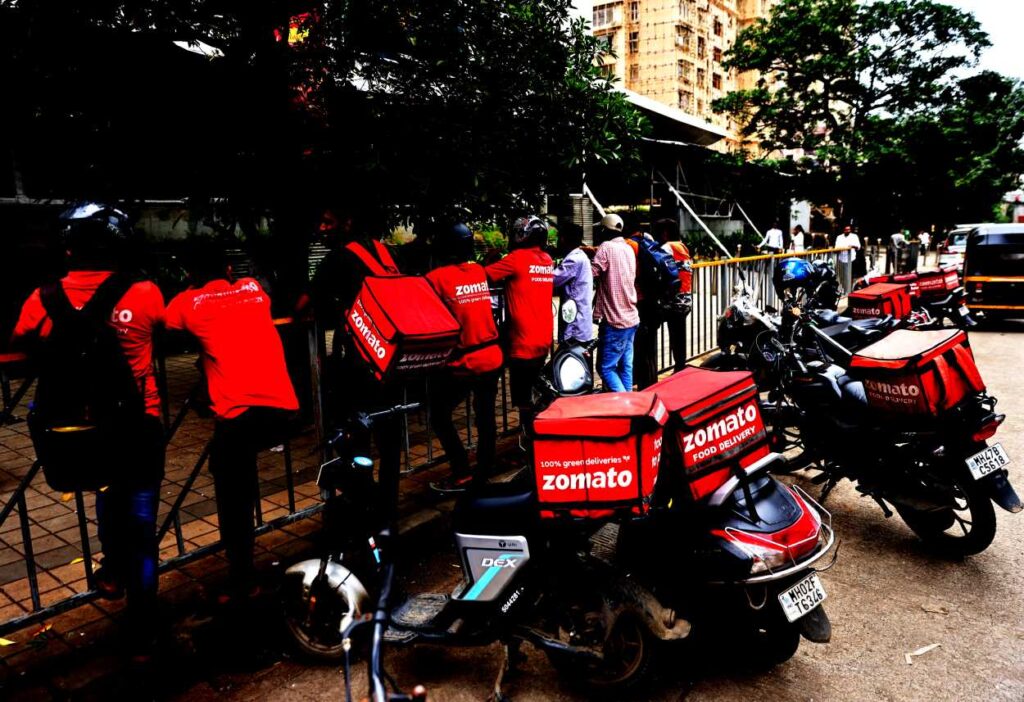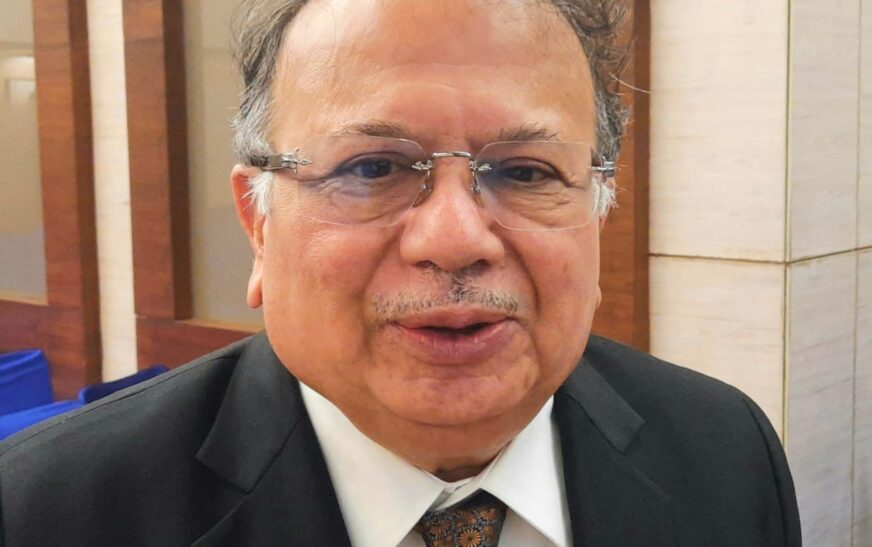Retired Justice Ajit Prakash Shah is a distinguished legal luminary, renowned for his significant contributions to the Indian judiciary. With an illustrious career spanning several decades, he has left an indelible mark on the legal landscape of the nation.
Born with a passion for justice, Justice Shah embarked on his legal journey by pursuing his graduation in Solapur, followed by obtaining his law degree from Government Law College, Mumbai. He honed his legal acumen through practice at the Solapur District Court before transitioning to the Bombay High Court in 1977, where he immersed himself in diverse legal domains under the guidance of the esteemed Advocate Shri S.C. Pratap.
His ascent within the judiciary was marked by integrity and excellence. Appointed as an Additional Judge of the Bombay High Court in December 1992, he swiftly ascended to the position of a permanent Judge in April 1994. Justice Shah’s remarkable tenure continued as he assumed the responsibilities of Chief Justice of the Madras High Court in November 2005 and subsequently, the Delhi High Court in May 2008.
His tenure as Chairman of the 20th Law Commission of India showcased his commitment to legal reforms and ensuring justice for all. Beyond the courtroom, Justice Shah’s leadership as the Chairperson of the Broadcasting Content Complaints Council (BCCC) underscores his dedication to upholding ethical standards in media.
With an unwavering dedication to the principles of justice, fairness, and integrity, Justice Ajit Prakash Shah stands as a beacon of legal wisdom, inspiring generations of legal practitioners and scholars alike.
In an insightful discussion with The Interview World, Retired Justice Ajit Prakash Shah delves into the intricacies of the gig economy, highlighting the hurdles faced by gig workers and advocating for a regulatory framework to safeguard them from exploitation by platform companies. Below are the key takeaways from his interview.
Q: What are the defining characteristics of the gig economy, how does it intersect with the app-based economy, and what are the primary challenges faced by gig workers within this ecosystem?
A: The gig economy, a product of the digital age and facilitated by app-based platforms, has undergone a profound transformation. Initially perceived as a supplementary form of part-time or self-employment, its contours have expanded significantly, shaping into a substantial sector with far-reaching implications. Forecasts indicate a seismic shift in the employment landscape, with an estimated 30% of the country’s workforce projected to transition into gig work within the next decade. This shift is particularly pronounced in India, where a remarkable 56% of gig workers in the Asia Pacific region are based, showcasing the nation’s rapid adoption of this employment model.
Recent insights from TeamLease Services underscore the magnitude of this transformation, revealing that over half of the new job opportunities in India now emanate from the gig economy. The sector’s burgeoning growth is further evidenced by its staggering estimated value of $455 billion. Such figures are unsurprising, given India’s status as the most populous country globally and its position as the world’s fastest-growing economy.
However, amid the proliferation of gig opportunities, challenges abound. While new business models offer avenues for income generation, they also introduce complexities and uncertainties. In this evolving landscape, gig workers, as the primary beneficiaries and yet vulnerable stakeholders, often find themselves grappling with power imbalances. They stand at odds with multi-billion-dollar corporations, navigating a landscape where their interests may be overshadowed, leaving them feeling disenfranchised and disempowered.
Q: What strategies can effectively address the challenges faced by gig workers?
A: Gig workers, lacking the necessary modernization, legal guarantees, and social security, find themselves in a position of weakness and powerlessness. Their livelihoods are entirely subject to the decisions made by the companies operating the apps that engage them for work. These companies, driven by the imperative to maximize profits and satisfy shareholders, continuously adjust their organizational structures and strategies. Unfortunately, these adaptations often come at the expense of the well-being of the workers they employ.
One of the most significant consequences of this dynamic is financial strain. For instance, the average income of a taxi driver is approximately Rs. 15,000, while delivery workers earn even less at Rs. 10,000. Moreover, gig workers endure long work hours, low wages, and a lack of essential benefits such as life and health insurance, as well as pensions. These challenges not only exacerbate the precariousness of their employment but also contribute to broader societal issues surrounding labor rights and social welfare.
Q: What are the key distinctions between the gig economy in India and Western cultures?
A: India’s cultural landscape presents a myriad of nuances and challenges, yet fundamentally, the overarching model remains consistent. However, unlike certain other nations where specific laws are in place to safeguard the rights of blue-collar workers, such legislation is notably absent within our legal framework. While policy decisions have been made, the absence of concrete guidelines underscores the pressing need for comprehensive legal protection.
For instance, consider a scenario where a 20-year-old individual joins a platform like Uber, operating a small vehicle. Over time, as vehicles age and traffic regulations evolve, there arises a critical necessity to continually upgrade one’s knowledge and expertise to adapt effectively. To address the needs of the extensive workforce operating within this sector, it becomes imperative for the government to introduce schemes aimed at facilitating their upskilling and development. This proactive approach not only ensures the welfare of blue-collar employees but also contributes to the overall growth and stability of the economy.
Q: What regulatory measures are necessary to establish a more structured framework for employment?
A: Gig workers require fundamental protections—job security, legal safeguards, health coverage, financial stability, and social safety nets. The need for these protections demands immediate regulatory action. Additionally, the gig worker community constitutes a vast and rapidly expanding workforce. Referring to them as “partners” by companies is a mockery, given the insufficient measures taken to address their concerns.
India acknowledged these challenges in its 2020 code on social security, explicitly recognizing the gig economy and extending coverage to unorganized workers. Urgent action is required to address these issues.
Policy guidelines play a crucial role in this endeavor. Engaging in extensive discussions with all stakeholders, these guidelines can form the foundation for new legislation. Subsequent legislation can then address the specific details and intricacies of the gig economy.










